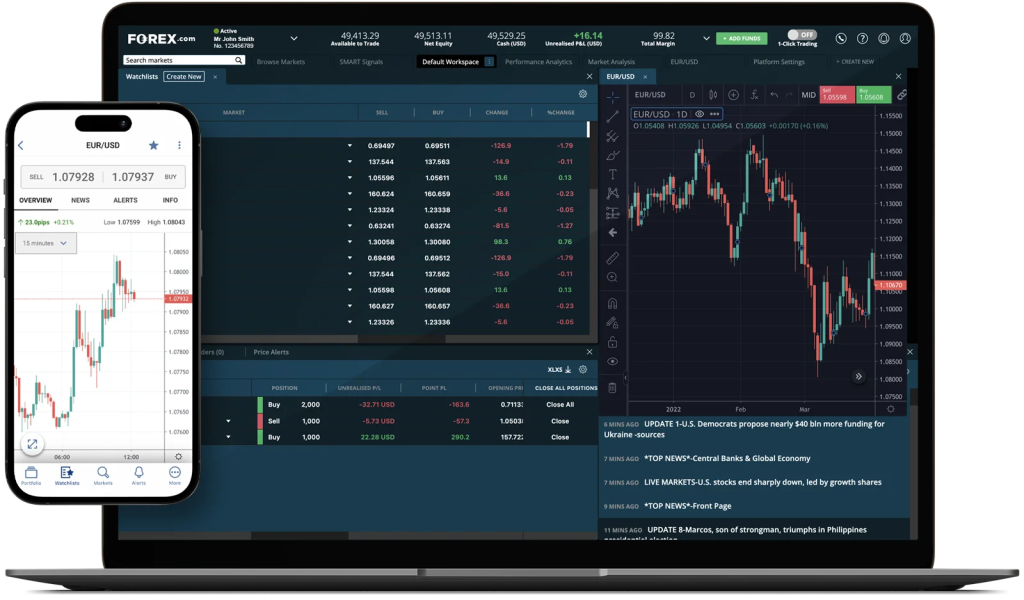Forex trading, also called foreign exchange trading, requires the buying and selling of currencies on the international change industry with the goal of earning a profit. It’s the greatest economic market internationally, by having an normal day-to-day trading volume exceeding $6 trillion. Forex trading presents investors and traders the opportunity to suppose on the fluctuation of currency rates, letting them potentially profit from changes as a swap costs between various currencies.
One of the critical features of forex trading is their decentralized character, because it operates 24 hours a day, five times a week across different time zones worldwide. This availability allows traders to participate on the market anytime, giving ample options for trading round the clock. Also, the forex industry is extremely water, and therefore currencies can be purchased and bought easily and simply without somewhat affecting their prices.
Forex trading involves the utilization of control, allowing traders to manage greater positions with a smaller amount of capital. While influence may improve profits, in addition, it increases the chance of failures, as also small changes in currency prices may result in substantial gains or losses. Thus, it’s needed for traders to control their risk carefully and use suitable risk management methods, such as placing stop-loss orders and diversifying their trading portfolio.
Additionally, forex trading provides a wide selection of trading strategies and methods, including technical analysis, basic evaluation, and belief analysis. Specialized analysis involves understanding historical price data and applying various indicators and graph designs to spot traits and anticipate future price movements. Simple analysis, on the other hand, targets considering financial indications, information events, and geopolitical developments to assess the intrinsic value of currencies. Sentiment examination involves considering market belief and investor behavior to assume shifts in industry sentiment.
Moreover, improvements in engineering have converted the landscape of forex trading, which makes it more accessible and effective than actually before. Online trading tools and portable apps allow traders to implement trades, access real-time market knowledge, and monitor their jobs from everywhere with a net connection. Furthermore, automated trading techniques, such as for example specialist advisors (EAs) and trading robots, can implement trades quickly predicated on pre-defined conditions, removing the necessity for information intervention.
Despite their potential for profit, forex trading holds inherent risks, and traders should know about the problems and issues related to the market. Volatility, geopolitical functions, and sudden industry movements may result in considerable deficits, and traders must forex robot anticipate to handle these dangers accordingly. Furthermore, cons and fraudulent actions are common in the forex industry, and traders must workout warning when choosing a broker or investment firm.
To conclude, forex trading supplies a powerful and possibly lucrative chance for investors and traders to participate in the international currency markets. Having its decentralized nature, large liquidity, and accessibility, forex trading is now increasingly popular among individuals seeking to diversify their expense profile and capitalize on currency cost movements. But, it’s essential for traders to train themselves about the market, create a stable trading plan, and practice disciplined risk management to achieve forex trading on the extended term.

